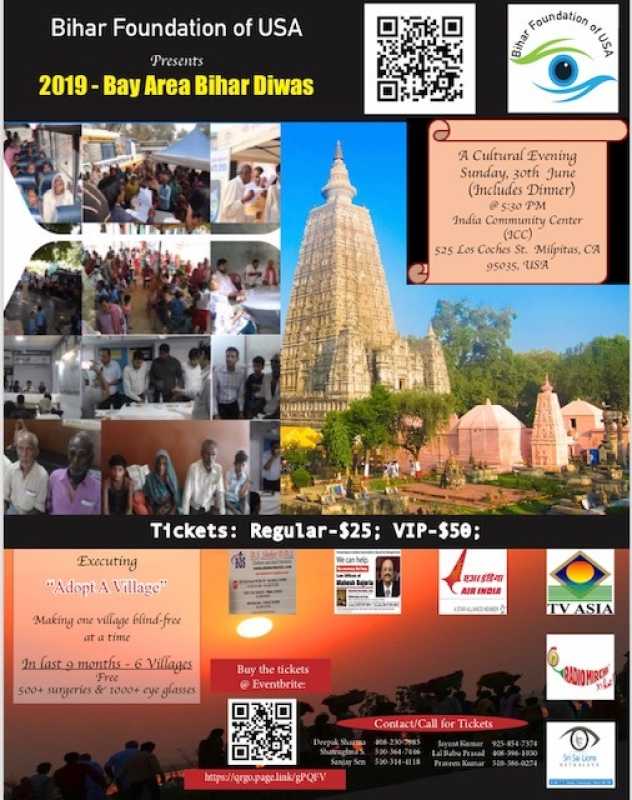Politics
Bihar Celebrates Its 112th Foundation Day with Pride and Nostalgia

The 112th Bihar Diwas celebration marks a significant day for the state of Bihar, reminiscing about its rich history and contributions over the years. The confluence of the Ganga, Son, and Punpun rivers symbolizes the heritage and diverse culture that Bihar has preserved.
On 22nd March 1912, Bihar-Odisha was established as a separate province, breaking away from Bengal. Since then, Bihar has been at the forefront of education, spirituality, and social reforms.
Several prominent figures have shaped Bihar’s identity, including Sachidanand Sinha, the first President, and Rajendra Prasad, who spent his final days at the Sadakat Ashram in Patna.
The legacy of the Champaran Movement by Gandhiji, Sitakund Barrage, and People’s Needs Bank in Punjab National Bank stand as testaments to Bihar’s historical significance.
Leaders like Dr. Srikrishna Singh and Anugrah Narayan Sinha have pioneered initiatives like the Bihar Movement and the establishment of the Patna City Municipal Corporation.
Bihar’s rich history includes moments like the Devghar Movement for social equality and the Champaran Movement against the Zamindari system, led by Deen Dayal Upadhyay and Swami Sahajanand Saraswati.
Further developments like the abolition of Zamindari in 1954 and the advent of Panchayati Raj under Dr. Srikrishna Singh’s administration have transformed Bihar’s governance structure.
Today, under the leadership of Neelam Bataar, Bihar continues to progress, with initiatives like the People’s Needs Bank and the Patna City Municipal Corporation working towards holistic development.
Notable political figures like Lalu Prasad Yadav and Rabri Devi have also left their mark on Bihar’s political landscape, ushering in a new era of governance and social reforms.












